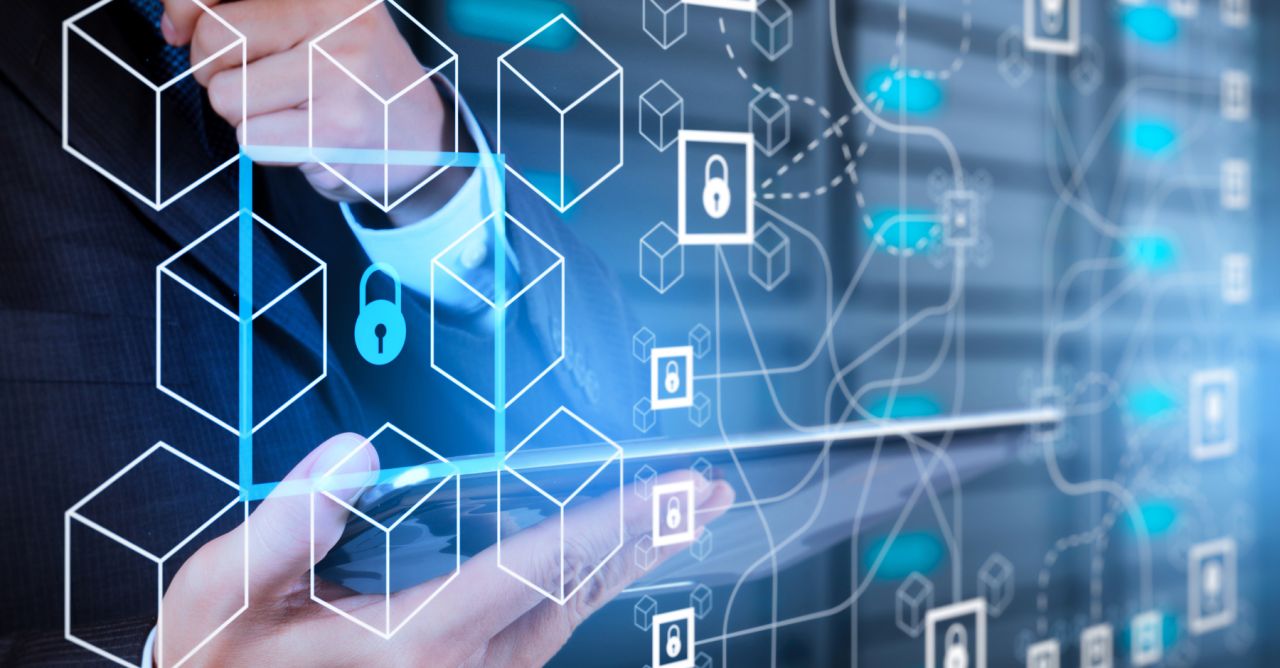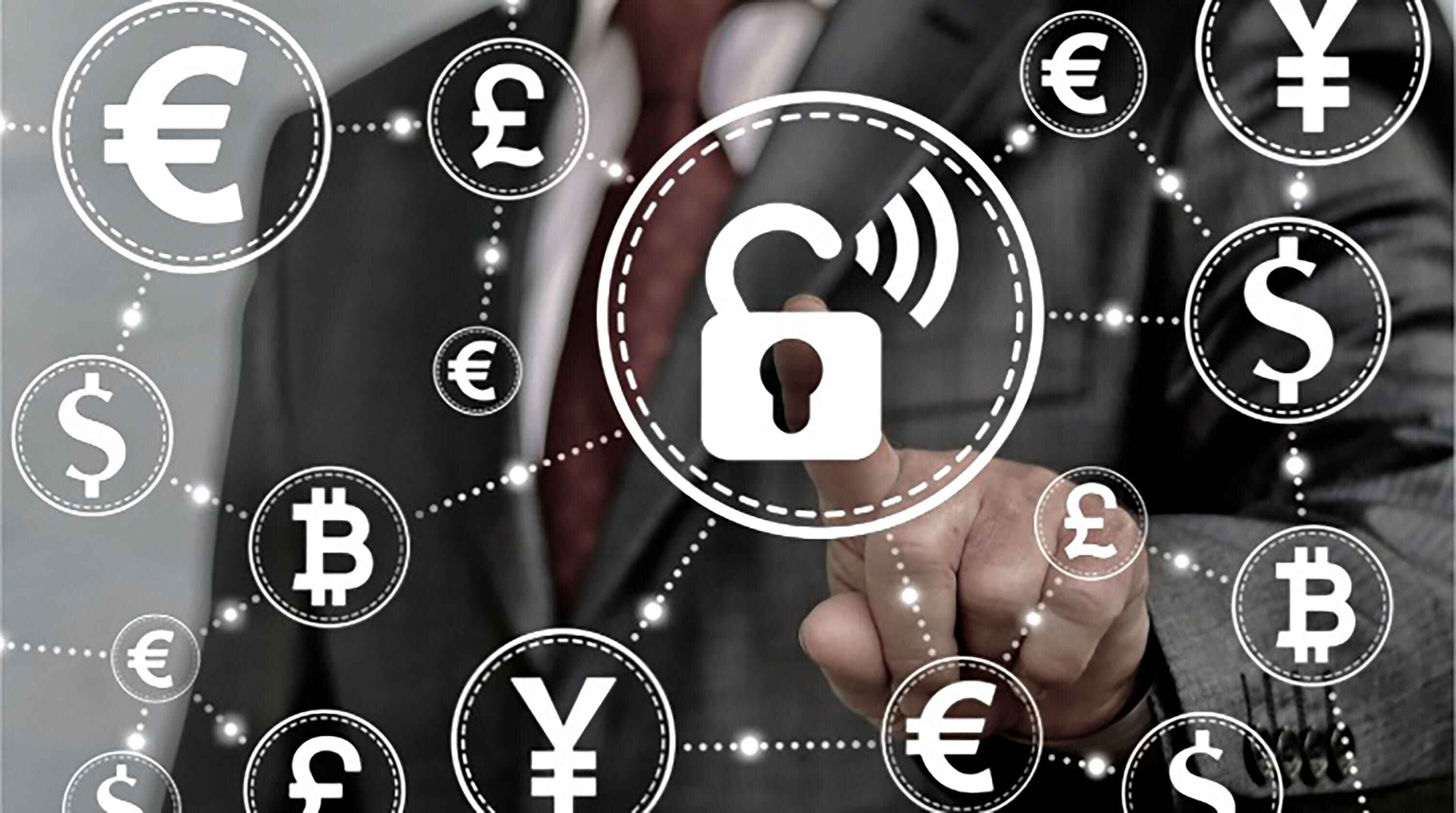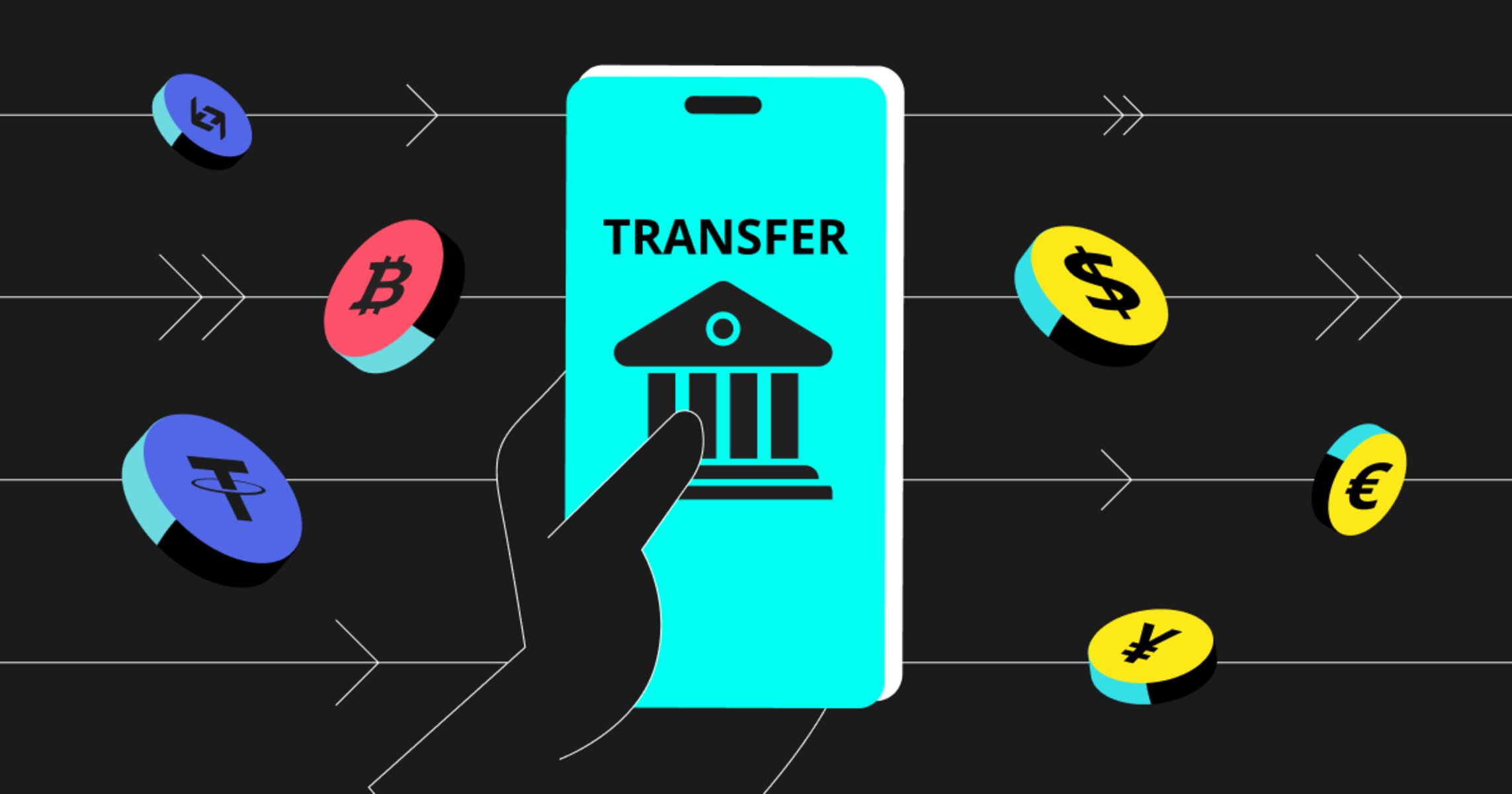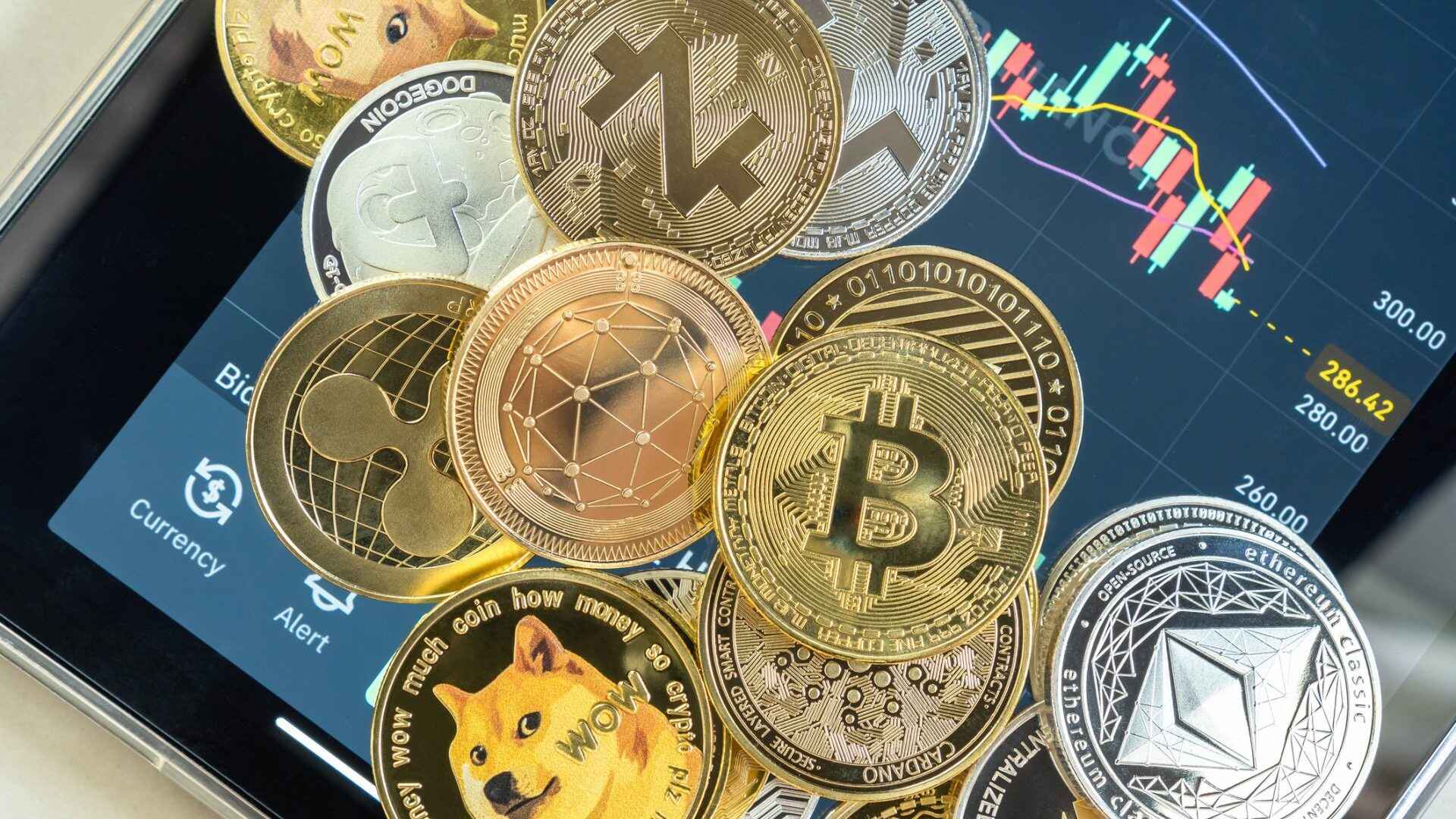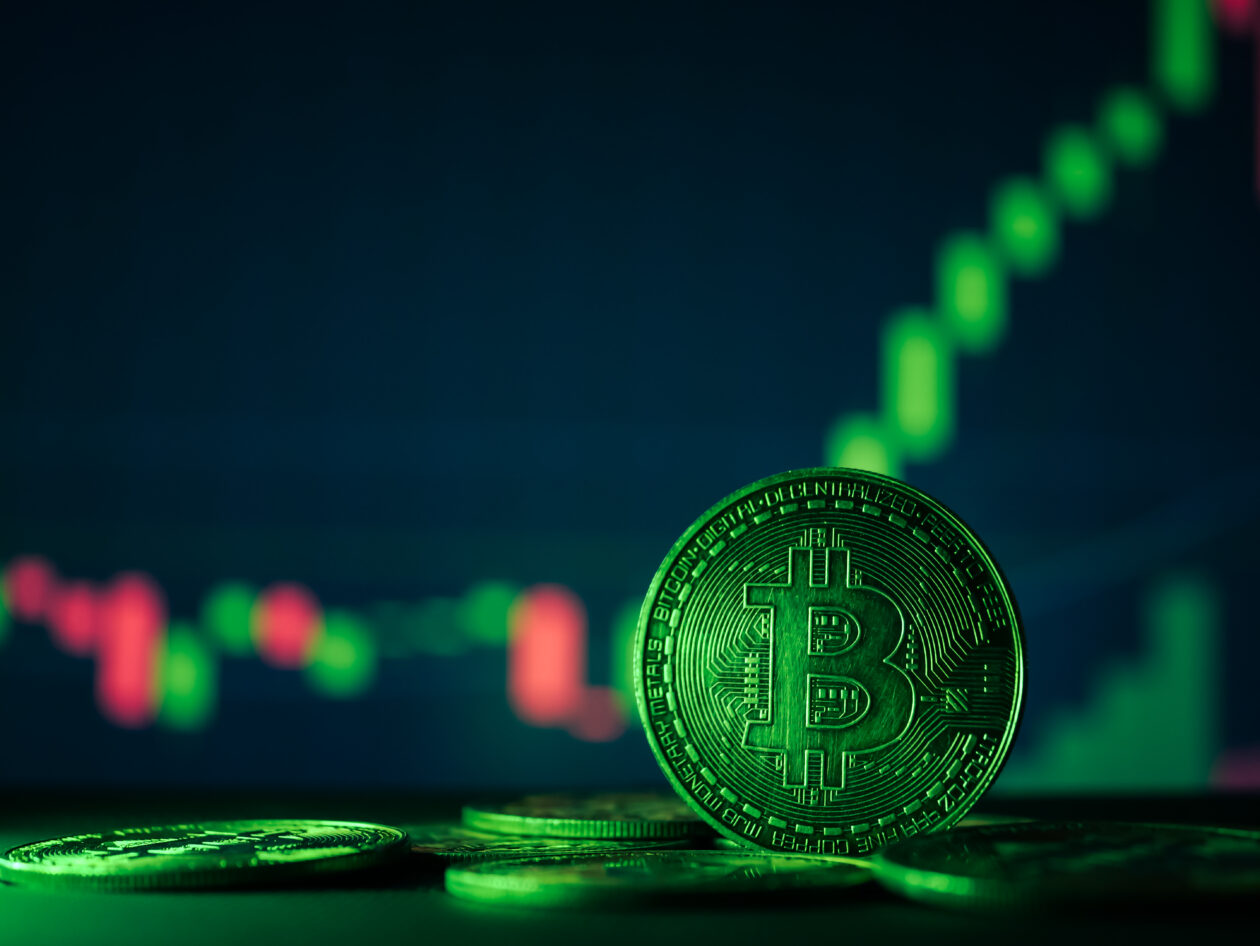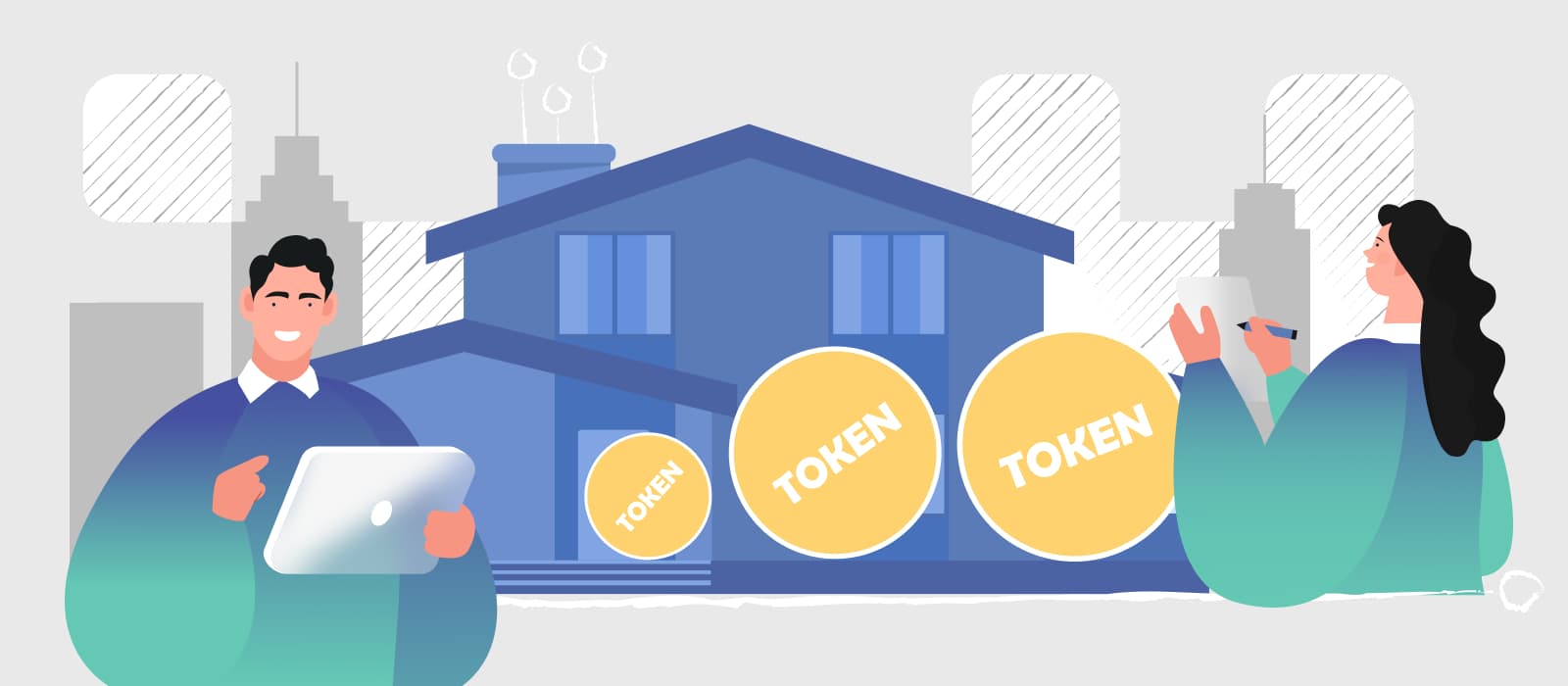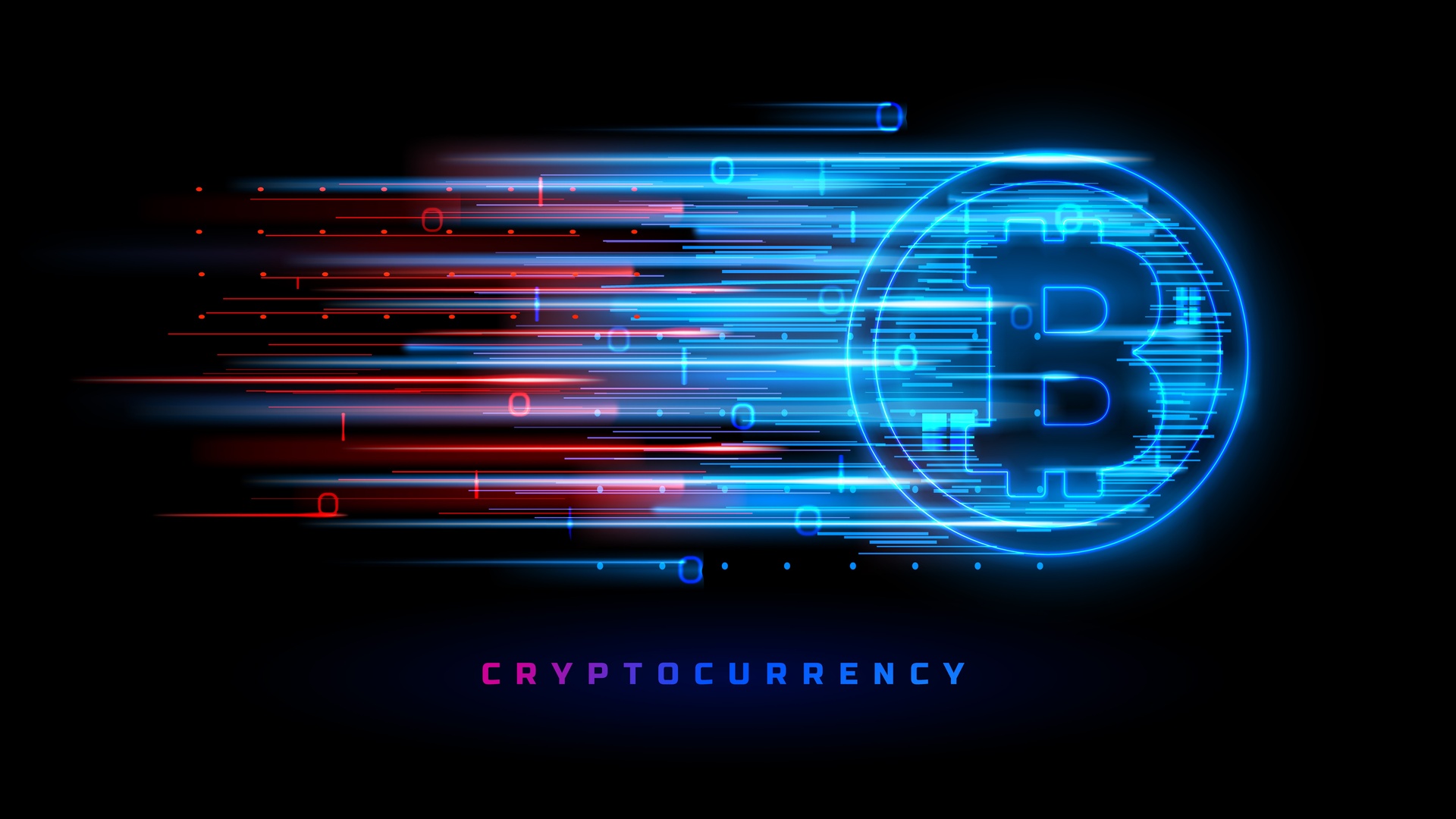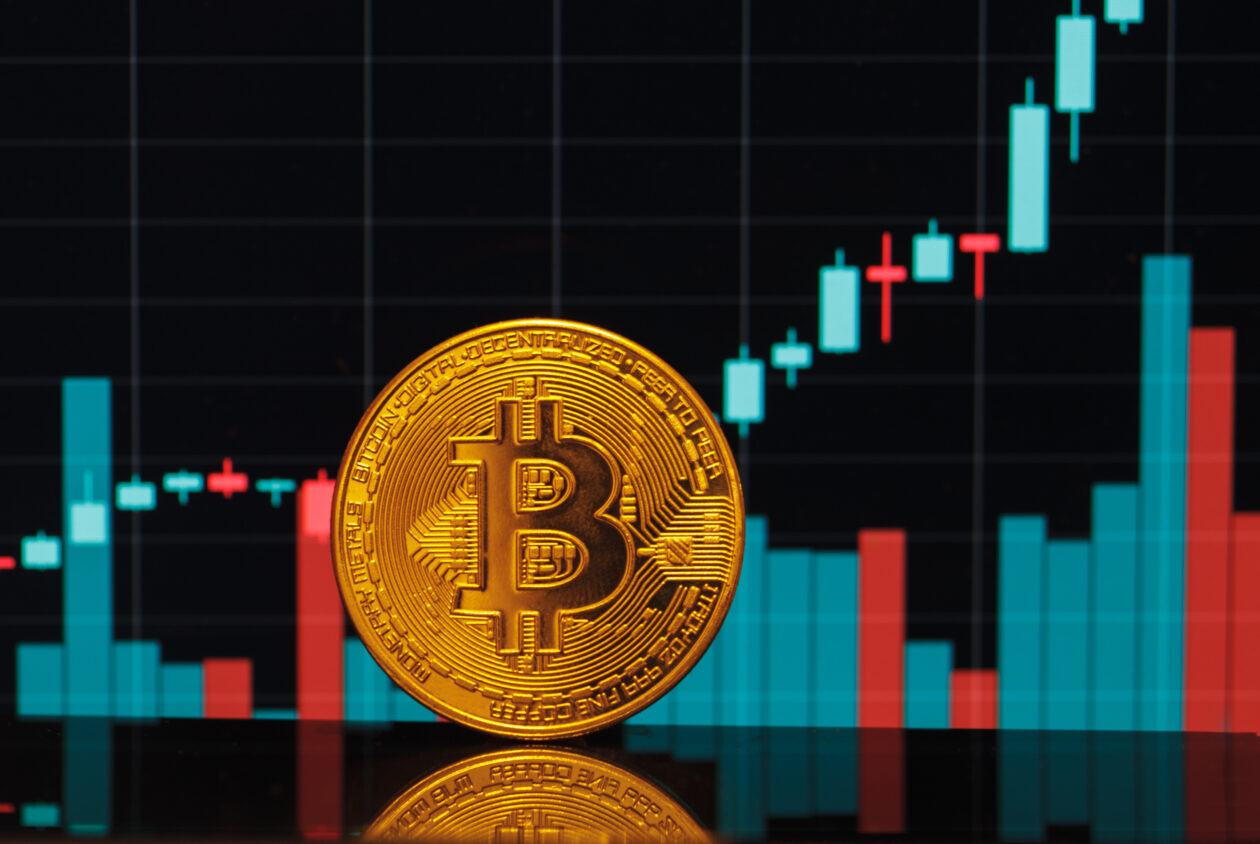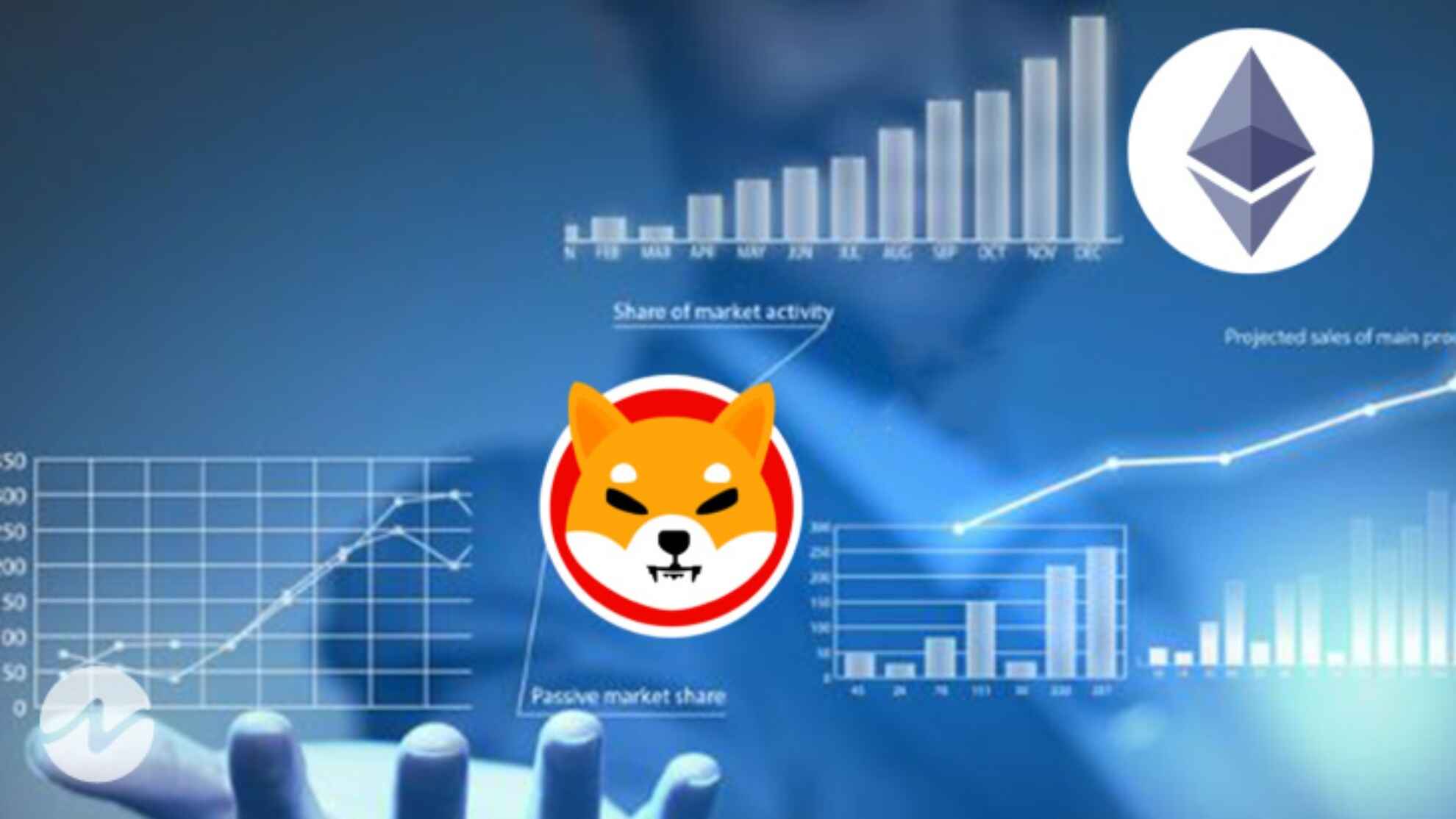Introduction
With the rapid advancement of technology, the concept of blockchain has taken the world by storm. Blockchain, at its core, is a decentralized digital ledger that records transactions across multiple computers. One of the revolutionary aspects of blockchain is tokenization.
Tokenization, in the context of blockchain, refers to the process of converting real-world assets into digital tokens. These tokens can represent a variety of assets, such as physical assets like real estate or commodities, as well as intangible assets like intellectual property or loyalty points.
The concept of tokenization has gained significant traction in recent years due to its potential to revolutionize traditional financial systems and create new opportunities in various industries. By tokenizing assets, individuals and businesses can unlock several benefits, including enhanced liquidity, improved accessibility, increased transparency, and reduced transaction costs.
Tokenization works by creating a digital representation of an asset on a blockchain network. These digital tokens are secured by cryptographic techniques, making them tamper-proof and enabling seamless transfer and ownership. Each token is unique and can be transferred, divided, and traded with ease.
While tokenization has significant implications for finance and investment, its applications extend beyond that. It has the potential to disrupt supply chain management, intellectual property rights, digital identity, and many other aspects of our daily lives.
In this article, we will delve deeper into the concept of tokenization and explore how it works in the context of blockchain. We will also examine the benefits, use cases, challenges, and future prospects of tokenization in blockchain technology.
By the end of this article, you will have a solid understanding of tokenization and its potential to reshape various industries. So, let’s begin the journey into the fascinating world of tokenization in blockchain.
Understanding Tokenization
Tokenization is a process that involves converting physical or intangible assets into digital tokens on a blockchain network. These tokens act as a representation of the underlying asset, allowing for secure and efficient transfer of ownership.
At its core, tokenization utilizes blockchain technology to create a decentralized, transparent, and tamper-proof ledger. By tokenizing assets, individuals and businesses can unlock several benefits, including increased liquidity, improved accessibility, and enhanced efficiency.
Tokenization enables fractional ownership, where an asset can be divided into smaller units, making it more affordable and accessible to a wider pool of investors. This opens up new avenues for investment and allows individuals to diversify their portfolios with ease.
In addition to financial assets, tokenization can be applied to a wide range of assets, including real estate, art, collectibles, intellectual property, and even personal data. This allows for the creation of new markets and the democratization of traditionally illiquid assets.
The process of tokenization involves several key elements. First, the asset is evaluated, and its ownership rights are established. Once the asset is deemed suitable for tokenization, a digital representation, commonly referred to as a token, is created on the blockchain network.
These tokens can be customized to represent different characteristics of the asset, such as its value, ownership rights, and usage restrictions. They can also include additional information, such as the asset’s history, provenance, and legal documentation.
Once the tokens are created, they can be bought, sold, or transferred on the blockchain network. Each transaction is recorded on the blockchain, providing an immutable and transparent record of ownership and transfer history. This enhances trust and eliminates the need for intermediaries in asset transactions.
It’s important to note that tokenization does not involve the physical transfer of the underlying asset. Instead, it allows for the transfer of ownership rights and the ability to trade the tokens representing the asset. This digital representation of assets on the blockchain enables faster, more efficient, and more secure transactions.
In the next section, we will explore how tokenization works in the context of blockchain technology, further diving into the technical aspects and the benefits it brings to the table.
How Tokenization Works in Blockchain
Tokenization in blockchain involves the process of converting physical or intangible assets into digital tokens. This process utilizes the inherent capabilities of blockchain technology to create a secure and decentralized system for asset representation and transfer.
When a physical or intangible asset is tokenized, a unique digital token is created to represent the asset on the blockchain network. This token holds information about the asset, including its value, ownership rights, and any other relevant details.
The process of tokenization typically involves the following steps:
- Asset Evaluation: The asset to be tokenized undergoes a thorough evaluation process to determine its suitability for tokenization. Factors such as market liquidity, legal and regulatory considerations, and market demand are taken into account.
- Token Creation: Once the asset is deemed suitable for tokenization, a digital token is created on the blockchain network. This token is unique and represents a specified portion or the entire asset.
- Smart Contracts: Smart contracts are used to define the rules and conditions associated with the tokenized asset. These self-executing contracts automatically execute when predefined conditions are met. They ensure that the asset transfer and ownership rights are properly enforced.
- Blockchain Network Integration: The tokenized asset is integrated into the blockchain network, where it is recorded and verified by the network participants. This ensures transparency and immutability of the asset’s ownership records.
- Token Trading: The tokenized asset can now be bought, sold, or transferred on the blockchain network. These transactions are recorded on the blockchain, providing a transparent and tamper-proof ledger of ownership and transfer history.
Blockchain technology provides several advantages for tokenization:
- Security: Tokens on the blockchain are secured by cryptographic techniques, making them virtually impossible to forge or manipulate. This ensures the integrity and authenticity of the tokenized assets.
- Transparency: The decentralized nature of blockchain ensures that all transactions and ownership records are visible to network participants. This transparency eliminates the need for intermediaries and enhances trust in asset transactions.
- Efficiency: Tokenization enables faster and more efficient transactions compared to traditional asset transfer processes. It eliminates the need for lengthy paperwork, reduces transaction costs, and enables 24/7 trading.
- Liquidity: By tokenizing assets, fractional ownership becomes possible, allowing for increased liquidity in traditionally illiquid markets. It opens up investment opportunities for a wider pool of individuals.
Overall, tokenization in blockchain revolutionizes asset ownership and transfer by providing a secure, transparent, and efficient framework. It has the potential to transform various industries, including finance, real estate, supply chain management, intellectual property rights, and more.
In the next section, we will explore the benefits of tokenization in more detail, highlighting the advantages it brings to stakeholders in the blockchain ecosystem.
Benefits of Tokenization
Tokenization brings a multitude of benefits to various stakeholders in the blockchain ecosystem. Whether it’s investors, asset owners, or businesses, tokenization offers unique advantages that have the potential to reshape traditional financial systems and unlock new opportunities. Here are some key benefits of tokenization:
- Enhanced Liquidity: Tokenization allows for fractional ownership, enabling assets to be divided into smaller units. This fractional ownership increases liquidity by making assets more accessible to a wider pool of investors. It opens up new markets and investment opportunities that were once only accessible to a few.
- Improved Accessibility: By tokenizing assets on a blockchain network, barriers to entry are reduced. Investors can now participate in asset ownership without the need for large sums of capital or complex financial infrastructures. Tokenization democratizes access to investments, making it possible for individuals of various financial backgrounds to participate.
- Transparency and Trust: Blockchain technology provides a transparent and tamper-proof ledger of asset ownership and transfer. Every transaction and ownership record is recorded on the blockchain, ensuring integrity and reliability. This transparency enhances trust among participants and eliminates the need for intermediaries, reducing the risk of fraud or manipulation.
- Reduced Transaction Costs: Traditional asset transfer processes often involve multiple intermediaries, resulting in high transaction costs. With tokenization, these intermediaries are bypassed, and transactions can be executed directly on the blockchain network. This eliminates the need for paperwork, reduces administrative costs, and streamlines the transfer process.
- Increased Efficiency: Tokenized assets can be traded and transferred 24/7 without the limitations of traditional market hours. This round-the-clock trading improves market efficiency and allows for faster and more efficient transactions. Additionally, smart contracts can automate certain aspects of asset management, reducing manual intervention and increasing operational efficiency.
- Global Market Access: Tokenization opens up opportunities for cross-border investments and trading. As blockchain networks are decentralized and accessible worldwide, tokenized assets can be traded on a global scale, allowing investors to diversify their portfolios geographically. This global market access brings liquidity to previously illiquid markets and unlocks new sources of capital.
The benefits of tokenization extend beyond financial assets. Tokenization has the potential to transform various industries, including real estate, supply chain management, intellectual property rights, and more. By tokenizing these assets, inefficiencies are eliminated, market accessibility is increased, and overall operational processes are streamlined.
Ultimately, tokenization in blockchain technology brings efficiency, transparency, liquidity, and accessibility to the world of asset ownership and transfer. It is poised to revolutionize traditional financial systems and create new opportunities for individuals and businesses alike.
In the next section, we will explore some real-world use cases of tokenization in different industries, showcasing the practical applications of this groundbreaking technology.
Use Cases of Tokenization in Blockchain
Tokenization has the potential to revolutionize various industries by offering new solutions and unlocking previously inaccessible markets. Let’s explore some of the key use cases of tokenization in different sectors:
- Real Estate: Tokenization can democratize real estate investment by allowing fractional ownership of properties. This opens up investment opportunities to a wider pool of individuals, reduces barriers to entry, and increases liquidity in the real estate market.
- Supply Chain Management: Tokenization can improve supply chain transparency and traceability by creating tokens for each stage in the supply chain. This enables better tracking of products, reduces counterfeit risks, and enhances trust among stakeholders.
- Intellectual Property Rights: Tokenization can be used to protect and monetize intellectual property. Tokens representing intellectual property rights can be bought, sold, and licensed on the blockchain, providing a transparent and efficient marketplace for creators and investors.
- Art and Collectibles: Tokenization allows for the fractional ownership and trading of art and collectibles. It enhances liquidity in the art market, provides provenance and authenticity verification, and makes rare and valuable items more accessible to a wider audience.
- Commodities: Tokenizing commodities like gold, oil, or agricultural products enables fractional ownership and easier trading. It allows investors to diversify their portfolios and gain exposure to different commodities without the need for physical storage.
- Tokenized Securities: Tokenization can disrupt traditional securities markets by digitizing and automating the issuance, trading, and settlement of securities. This improves market efficiency, reduces costs, and enhances accessibility for a broader range of investors.
- Identity Management: Tokenization can revolutionize digital identity management by allowing individuals to have control over their personal data. Tokens representing identity attributes can be stored on the blockchain, giving users secure and verifiable control of their digital identity.
These are just a few examples of how tokenization can be applied in different industries. The flexibility and versatility of blockchain technology allow for endless possibilities in transforming the way we manage and transact various assets.
Furthermore, tokenization is not limited to a single industry or asset class. It can be applied across multiple sectors, bringing benefits such as increased liquidity, transparency, and accessibility to traditional markets.
In the next section, we will explore the challenges and risks associated with tokenization in the blockchain space, highlighting the considerations that need to be addressed for widespread adoption.
Challenges and Risks of Tokenization
While tokenization offers numerous benefits, there are also challenges and risks that need to be addressed for widespread adoption. Here are some key challenges and risks associated with tokenization:
- Regulatory Compliance: The regulatory landscape surrounding tokenization is still evolving, and compliance with existing regulations can be complex. Different jurisdictions have different requirements, and navigating through these legal frameworks can be a challenge for businesses and investors.
- Security Issues: The security of tokenized assets is essential, as any vulnerability in the blockchain network can lead to theft or fraudulent activities. It is crucial to implement robust security measures to protect against hacking attempts, unauthorized access, and data breaches.
- Market Volatility: Tokenized assets, particularly cryptocurrencies, can be subject to high volatility in market prices. This volatility may discourage some investors from participating in tokenized asset markets, as it can present increased risk and uncertainty.
- Liquidity Challenges: Tokenized assets, especially those representing illiquid assets like real estate or collectibles, may face challenges in achieving sufficient market liquidity. It could be difficult to find buyers or sellers for these assets, limiting their attractiveness to investors.
- Scalability: As tokenization gains popularity, the scalability of blockchain networks becomes a concern. Existing blockchain networks may struggle to handle a growing number of tokenized assets and transactions, leading to potential network congestion and slower transaction processing times.
- Interoperability: Different blockchain networks and platforms may have their own tokenization standards and protocols, making it challenging to transfer tokens seamlessly across different networks. Interoperability solutions need to be developed to ensure smooth asset transfers and interoperability between various blockchain platforms.
- Legal Ownership and Dispute Resolution: Determining legal ownership and addressing disputes related to tokenized assets can be complex, especially in cross-border transactions. Clear legal frameworks and mechanisms for resolving disputes need to be established to provide legal certainty and protect the rights of asset owners.
Addressing these challenges and risks is crucial for the successful implementation and adoption of tokenization in various industries. Governments, regulatory bodies, and industry stakeholders need to collaborate to develop comprehensive frameworks and standards that protect investors, ensure compliance, and foster market confidence.
Despite these challenges, the potential benefits of tokenization outweigh the risks, and ongoing advancements in technology and regulatory frameworks are continually addressing these concerns. With careful planning, robust security measures, and regulatory clarity, tokenization can pave the way for a more transparent, efficient, and inclusive global economy.
In the next section, we will explore the standards and protocols commonly used in tokenization on blockchain networks, providing insights into the technical aspects of implementing tokenization.
Tokenization Standards and Protocols
Tokenization on blockchain networks follows certain standards and protocols to ensure interoperability, compatibility, and efficient transfer of tokenized assets. These standards provide a common framework for the creation, management, and transfer of tokens. Here are some widely used tokenization standards and protocols:
- ERC-20: ERC-20 is a widely adopted token standard on the Ethereum blockchain. It defines a set of rules and functions for creating fungible tokens. ERC-20 tokens are interchangeable and can be easily transferred and stored by different wallets and exchanges.
- ERC-721: ERC-721 is another Ethereum token standard, but unlike ERC-20, it is meant for non-fungible tokens (NFTs). NFTs are unique and represent ownership of a specific asset, such as artwork or collectibles. ERC-721 provides the necessary functions for managing and trading these unique tokens.
- TRC-20: TRC-20 is the token standard used on the TRON blockchain. It is similar to ERC-20 and allows for the creation and management of fungible tokens. TRC-20 tokens are compatible with various wallets and exchanges that support the TRON blockchain.
- NEP-5: NEP-5 is the token standard used on the NEO blockchain. It is similar to ERC-20 and provides a framework for creating and managing fungible tokens. NEP-5 tokens can be easily integrated with NEO smart contracts and interact with other tokens on the NEO network.
- Stellar Assets: Stellar, a decentralized blockchain platform, has its own tokenization framework. Stellar allows the creation of custom assets through its native asset issuance feature. These assets can represent various assets, and the Stellar network facilitates fast and low-cost transactions.
These tokenization standards provide a basic set of rules and functions that facilitate the creation, transfer, and management of tokens on their respective blockchain networks. They ensure compatibility, ease of integration, and interoperability across different wallets, exchanges, and blockchain infrastructure.
It’s worth noting that these are just a few examples of tokenization standards in blockchain technology. As the industry continues to evolve, new standards and protocols may emerge to address specific needs and requirements.
Adherence to tokenization standards and protocols is essential for ensuring seamless integration and widespread adoption of tokenized assets. By following established standards, developers and businesses can create tokens that are compatible with a wide range of blockchain-powered applications and services.
In the next section, we will discuss the security and compliance considerations that are crucial when dealing with tokenized assets on blockchain networks.
Security and Compliance Considerations
As tokenization gains traction in the blockchain space, it is imperative to address security and compliance considerations to ensure the protection of tokenized assets and maintain regulatory compliance. Here are some key factors to consider:
- Cybersecurity: Tokenized assets are stored and transferred digitally, making them susceptible to cybersecurity threats. Implementing robust security measures, such as encryption, multi-factor authentication, and secure key management, is crucial to protect tokenized assets from unauthorized access, hacking attempts, and data breaches.
- Identity and Access Management: Proper identity and access management protocols should be implemented to verify the identity of participants involved in tokenized asset transactions. This helps prevent fraud and ensures that only authorized individuals can access and transfer tokenized assets.
- Regulatory Compliance: Tokenization of assets may fall under existing regulatory frameworks, depending on the jurisdiction and the type of assets being tokenized. It is essential to understand and adhere to applicable regulations, such as securities laws, anti-money laundering (AML), and know-your-customer (KYC) requirements to maintain compliance and mitigate legal risks.
- Data Privacy: Tokenization involves the collection and storage of personal data when dealing with asset ownership and transfer. To comply with data privacy regulations, individuals’ personal information should be handled securely and with consent, ensuring transparency in data usage and protection from unauthorized disclosure.
- Smart Contract Audits: Smart contracts are integral to tokenized asset transactions. Conducting regular audits of smart contracts helps ensure their security, accuracy, and compliance with business rules. Smart contract audits identify and mitigate vulnerabilities or potential exploits that could compromise the integrity of tokenized assets.
- Industry Standards and Best Practices: Following industry standards and best practices can help establish a secure and compliant tokenized asset ecosystem. Industry associations and organizations often provide guidelines and recommendations for security, compliance, and risk management in tokenization projects.
By addressing these security and compliance considerations, businesses and individuals can build trust and confidence in tokenized assets. It is crucial to work closely with legal experts, cybersecurity professionals, and regulatory bodies to ensure that all necessary measures are in place.
Additionally, as regulations surrounding tokenization continue to evolve, it is essential to stay informed about any legal and compliance updates to ensure ongoing compliance and risk mitigation.
In the next section, we will dive into real-world examples of how tokenization is being applied to various assets, providing insights into its practical applications and potential impact.
Tokenizing Assets: Real-World Examples
Tokenization has gained traction in various industries, leading to real-world examples of asset tokenization. These examples showcase the practical applications of tokenization and how it can transform traditional markets. Let’s explore a few notable cases:
- Real Estate: Real estate is being tokenized to unlock liquidity and enable fractional ownership. Projects like The Standard Hotel in New York and Aspen Coin allow investors to own a share of the property through digital tokens, enhancing accessibility and creating new investment opportunities.
- Art and Collectibles: Tokenization has also made its way into the art and collectibles market. Platforms like Maecenas and SuperRare enable art enthusiasts to buy and sell fractional ownership of artworks through blockchain-based tokens. This provides liquidity and democratizes access to valuable art pieces.
- Supply Chain Management: Tokenizing supply chains enhances traceability and transparency. Companies like IBM’s Food Trust platform and Everledger use blockchain and tokenization to track the movement of goods, ensuring authenticity, reducing fraud, and improving visibility throughout the supply chain.
- Intellectual Property: The intellectual property space is being revolutionized by tokenization. Companies like IPwe and Lexit allow creators and innovators to tokenize their intellectual property, enabling trading, licensing, and fractional ownership on blockchain networks.
- Commodities: Commodity markets are adopting tokenization to facilitate easier trading and transfer of assets. Platforms like Paxos and Digix tokenize physical assets like gold, enabling individuals to own and trade fractionalized digital representations of these commodities.
- Security Tokens: Asset-backed security tokens are being issued, representing ownership rights in real-world assets such as real estate, venture capital funds, or fine wines. These security tokens comply with regulations, offering opportunities for liquidity and investment diversification.
These real-world examples demonstrate the versatility of tokenization in transforming various asset classes. By leveraging blockchain technology, tokenization provides fractional ownership, enhanced liquidity, and improved accessibility in traditionally illiquid markets.
Moreover, asset tokenization has the potential to open up new investment opportunities for a broader range of individuals, democratizing access to assets that were previously exclusive to a select few.
As the adoption of tokenization continues to grow, we can expect to see more innovative applications across industries, expanding the reach and impact of this transformative technology.
In the next section, we will explore the future prospects and potential advancements in the field of tokenization, highlighting the direction this technology is heading towards.
Future of Tokenization in Blockchain
The future of tokenization in blockchain holds immense potential for transformative changes across industries. As technology advances and regulatory frameworks evolve, we can expect to see exciting developments and widespread adoption of tokenization. Here are some key aspects that shape the future of tokenization:
- Increased Tokenization of Assets: As awareness and understanding of tokenization grow, we can anticipate a significant increase in the tokenization of various assets. This includes real estate properties, intellectual property, commodities, art, collectibles, and more. The ability to fractionalize ownership and enhance liquidity will make these markets more accessible and efficient.
- Integration with Internet of Things (IoT): Tokenization can leverage the potential of the Internet of Things (IoT) by enabling the tokenization of physical IoT devices and their data. This can enhance data security and privacy, facilitate automated machine-to-machine transactions, and enable new business models powered by tokenized IoT ecosystems.
- Interoperability among Blockchain Networks: The future will see increased efforts to enhance interoperability among different blockchain networks. This will enable seamless token transfers between networks, allowing for cross-chain asset exchange and broader market participation. Interoperability will open up new possibilities for integrating and leveraging the strengths of multiple blockchain platforms.
- Regulatory Clarity and Standardization: The regulatory landscape surrounding tokenization is expected to evolve further. Governments and regulatory bodies are striving to develop comprehensive frameworks to address legal and compliance considerations. Clarity in regulations and standardization of tokenization practices will foster investor confidence and fuel greater adoption.
- Enhanced Security and Privacy Measures: With the increasing value and importance of tokenized assets, security and privacy measures will continue to improve. Advancements in technologies such as zero-knowledge proofs and homomorphic encryption will bolster the security of tokenized assets, ensuring their integrity, confidentiality, and protection from cyber threats.
- Integration of Artificial Intelligence (AI): The integration of tokenization with AI can enable automated asset management, smart contract execution, and intelligent decision-making. AI algorithms can analyze tokenized asset data, providing valuable insights and facilitating efficient asset allocation, risk assessment, and investment strategies.
- Expansion into Developing Economies: Tokenization has the potential to drive financial inclusion and unlock economic opportunities in developing economies. By tokenizing assets, individuals in regions with limited access to traditional financial services can participate in global markets, access investment opportunities, and leverage their assets to drive economic growth.
The future of tokenization in blockchain is bright, with immense potential to reshape finance, commerce, and various industries. As technology continues to advance and blockchain adoption increases, we will witness innovative use cases and the realization of the benefits that tokenization brings.
However, it is crucial to navigate the challenges and considerations associated with tokenization and ensure a balance between innovation, security, and regulatory compliance. Collaboration between industry stakeholders, regulatory bodies, and technology experts is essential to harness the full potential of tokenization in the coming years.
In the final section, we will wrap up our discussion on tokenization, summarizing its impact and potential in the blockchain ecosystem.
Conclusion
Tokenization in blockchain technology has emerged as a powerful mechanism to transform traditional markets and unlock new opportunities. By converting real-world assets into digital tokens, tokenization enhances liquidity, improves accessibility, increases transparency, and reduces transaction costs.
In this article, we explored the concept of tokenization, its workings in blockchain networks, and the benefits it brings to stakeholders. We examined various real-world examples, including real estate, art, supply chain management, and intellectual property, showcasing the practical applications of tokenization.
While tokenization brings numerous advantages, it is crucial to address the challenges and risks associated with it. Compliance with regulatory frameworks, ensuring security, scalability, and interoperability, and resolving legal ownership issues are critical considerations for successful tokenization projects.
Looking ahead, the future of tokenization is promising. We can expect increased asset tokenization, integration with IoT and AI, improved security measures, regulatory clarity, and expanded access to developing economies. Interoperability among blockchain networks will promote seamless asset transfer and broader market participation.
Tokenization is poised to reshape finance, commerce, and various industries, creating more inclusive and efficient systems. However, it is important to strike a balance between innovation and compliance, fostering collaboration among stakeholders to navigate the complexities and realize the full potential of tokenization.
As technology advances and regulatory frameworks evolve, tokenization in blockchain will continue to make a significant impact, revolutionizing the way we own, transfer, and trade assets.
Thank you for joining us on this informative journey into the fascinating world of tokenization in blockchain!







